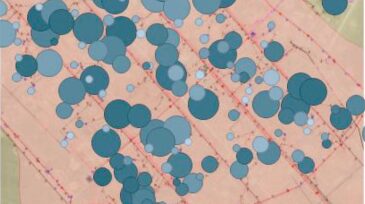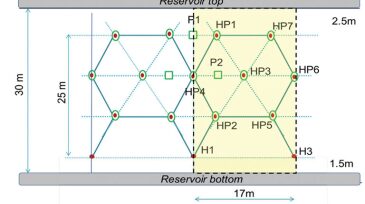heavy oil
-
The complete paper explores technical and economic development options to produce heavy-oil resources at commercial rates and showcases three optimization scenarios of higher recovery efficiency aimed at increasing net present value at the basin level.
-
The complete paper presents an automated approach to optimizing placement of flow-control devices (FCDs) in SAGD well-pair completions.
-
Field N is a complex heavy-oil field in the north of the Sultanate of Oman. The dynamic behavior of Field N is characterized by strong aquifer and is dominated by bottomwater drive.
-
The BigRoll Bering was spotted leaving Corpus Christi, Texas, on 17 November, headed for the Peregrino heavy-oil field offshore Brazil. Drilling modules and a flare boom are being transported for the field’s Phase 2 development.
-
The recent production freefall could accelerate even further as US sanctions-related deadlines pass, the US Energy Information Administration said.
-
The authors of this paper propose a novel work flow for the problem of building intelligent data analytics in heavy-oil fields.
-
Against the background of a low-oil-price environment, a redevelopment project was launched to give a second life to a shallow, depleted, mature offshore Congo oil field with viscous oil (22 °API) in a cost‑effective manner.
-
This paper presents the data collected by an ultrasound downhole scanner, demonstrating a novel method for diagnosing multilateral wells.
-
This paper uses a simulation model to evaluate and compare the thermal efficiency of five different completion design cases during the SAGD circulation phase in the Lloydminster formation in the Lindbergh area in Alberta, Canada.
-
In this work, the authors developed a numerical model of in-situ upgrading (IU) on the basis of laboratory experiences and validated results, applying the model to an IU test published in the literature.










